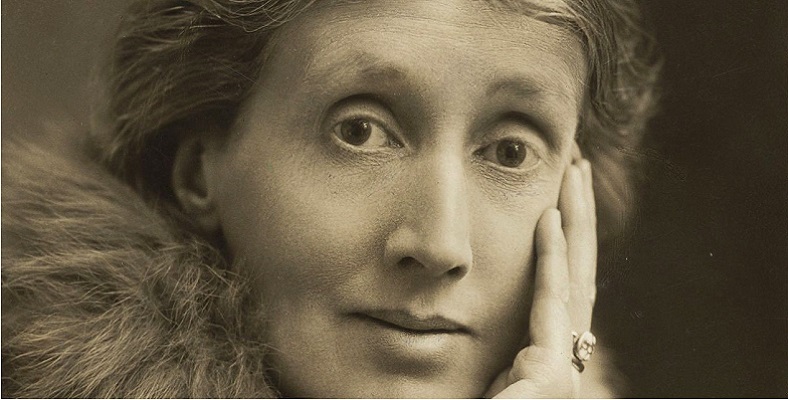3 What can prose fiction do?
Woolf was passionately interested in exploring new possibilities for fiction; this is one reason her writing is sometimes considered ‘difficult’. Like other modernist writers, she sought new ways of representing life. So where there is no protagonist in Between the Acts, there is very little in the way of plot either. She was dissatisfied with the idea of 19th-century realism, asking in ‘Modern Fiction’ (1919) why we go on ‘perseveringly, conscientiously, constructing our two and thirty chapters after a design which more and more ceases to resemble the vision in our minds’ (Bradshaw, 2008, p.8). Using an image of slavery which she returns to later in the same essay, she goes on to say that, working within the established convention of novel-writing, the writer:
seems constrained, not by his own free will but by some powerful and unscrupulous tyrant who has him in thrall, to provide a plot, to provide comedy, tragedy, love interest, and an air of probability embalming the whole so impeccably that if all his figures were to come to life they would find themselves dressed down to the last button of their coats.
In fact elements of comedy, tragedy and even love interest can be found in Between the Acts, but the way they are presented owes little to more conventional novels. Instead, as Woolf wrote in a later essay, ‘The Narrow Bridge of Art’ (1927), she thought that novels should dramatize:
some of those influences which play so large a part in life, yet have so far escaped the novelist – the power of music, the stimulus of sight, the effect on us of the shape of trees or the play of colour, the emotions bred in us in crowds, the obscure terrors and hatreds which come so irrationally in certain places or from certain people, the delight of movement, the intoxication of wine. Every moment is the centre and meeting-place of an extraordinary number of perceptions which have not yet been expressed. Life is always and inevitably much richer than we who try to express it.
That passage was written long before Woolf conceived of Between the Acts, nevertheless it provides an excellent starting point for discussion.
Activity 1
To begin that discussion, please now read these two short paragraphs from the text. How do they demonstrate Woolf’s interest in aspects of life she feels have so far ‘escaped the novelist’?
Candish paused in the dining-room to move a yellow rose. Yellow, white, carnation, red – he placed them. He loved flowers, and arranging them, and placing the green sword or heart shaped leaf that came, fitly, between them. Queerly he loved them, considering his gambling and drinking. The yellow rose went there. Now all was ready – silver and white, forks and napkins, and in the middle the splashed bowl of variegated roses. So with one last look, he left the dining-room.
This one follows soon after:
Empty, empty, empty; silent, silent, silent. The room was a shell, singing of what was before time was; a vase stood in the heart of the house, alabaster, smooth, cold, holding the still, distilled essence of emptiness, silence.
Discussion
‘Candish’ has not been mentioned in the novel before, and though he reappears (see p.60) he is never ‘explained’. You can infer that he is a servant, but the narrator has no interested in placing him: his function is his aesthetic appreciation of colour, arrangement and order. He is, in one respect, an artist. As you become more familiar with the text as a whole, you may find other associations connected with the empty room of the second paragraph, which may be the same one that Candish has left, but then again may be a different room altogether. Reading the lines out loud will help you to get a sense of the rhythm of the sentences and the patterning of repeated words and sounds. The second sentence ends as the first one began, with emptiness and silence, although mysteriously in the silence, the room sings.
These brief passages of poetic, rhythmic prose have nothing to do with any plot. They may be easily overlooked altogether unless you read with close attention, simply because nothing happens. If novels conventionally have been about the individual in society, what role does an empty room have in such a text? You may begin to form your own ideas about that as you work through the next sections.
